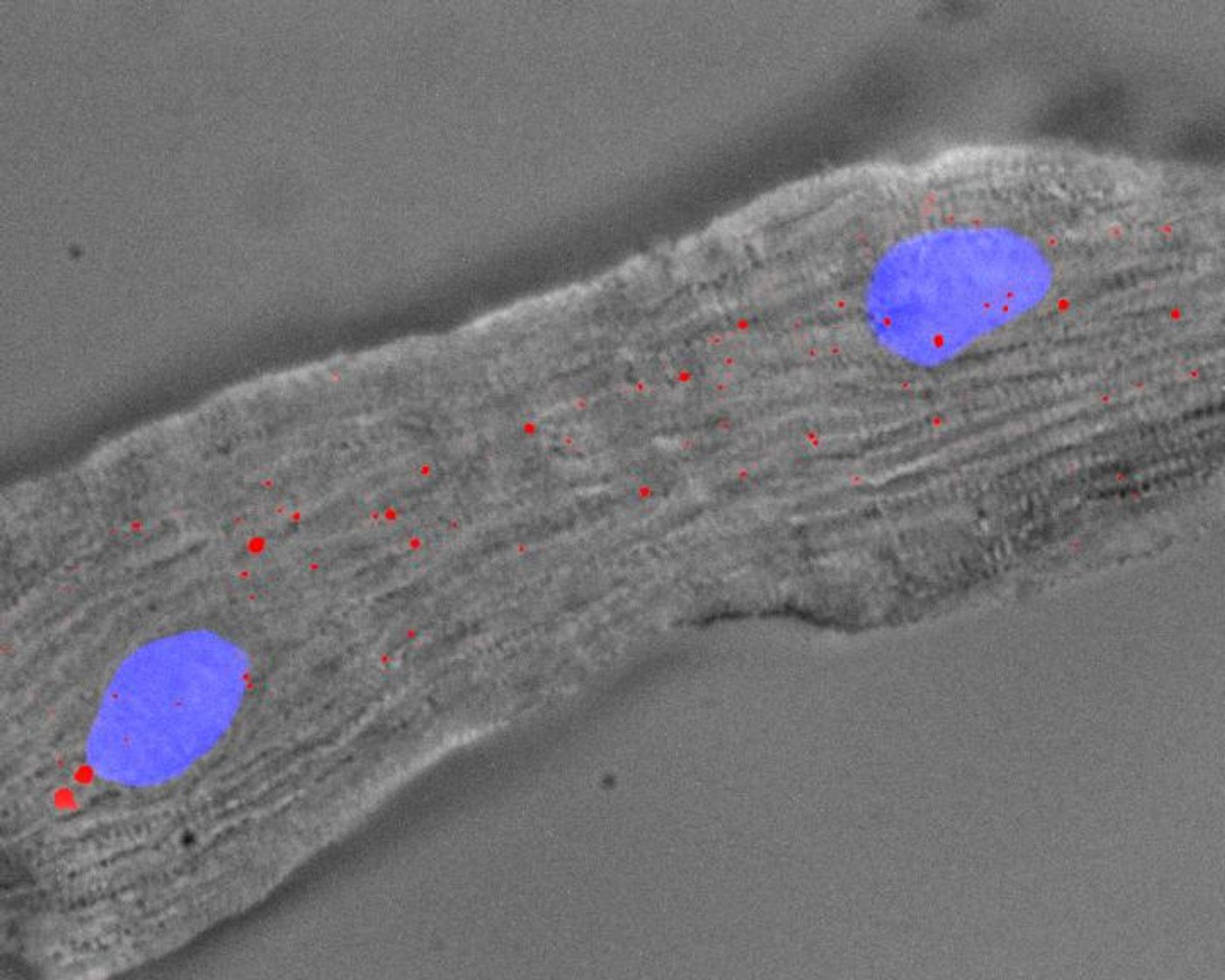"Singheart" RNA Unlocks the Heart's Full Regenerative Potential
Self-driving cars? How about self-healing heart cells? For a while scientists have been looking for ways to help heart cells heal after a heart attack, looking at the infamous regenerative capabilities of the model organism zebrafish and at the possibility of inserting stem cells into the heart to induce regeneration. Now, researchers from the A*STAR Genome Institute of Singapore (GIS) and the National University Health System (NUHS) suggest that the heart can heal on its own, it just needs a little push.
"There has always been a suspicion that the heart holds the key to its own healing, regenerative and repair capability,” explained lead author of the new Nature Communications study Roger Foo. “But that ability seems to become blocked as soon as the heart is past its developmental stage.”
Foo is talking about a subset of cells controlled by a long non-coding ribonucleic acid (ncRNA) that Foo and colleagues are lovingly referring to as “Singheart.” Ironically, non-coding RNA and DNA are often thought of as “junk” because they don’t code for proteins and their function is not well understood.
Using a single-cell approach, researchers looked at the transcriptomes of cardiomyocytes (heart cells), producing a dataset that could tell them what proteins were being made by cellular genetic material. Most importantly, the researchers compared transcriptomes between healthy hearts and diseased hearts, like those that had experienced a heart attack.
They found that Singheart regulates genes controlling heart cells’ regenerative abilities that are muted soon after development. If adult heart cells can’t repair damage, what’s done is done following a heart attack, so it’s not surprising that cardiovascular disease is the leading killer of humans across the globe.
But what if the heart could heal itself following a heart attack? Altering Singheart to bring back the regenerative abilities that are present when the heart is developing for the very first time would make recovery following a heart attack drastically different. Instead of heart cells dying and turning to scar tissue, a process called fibrosis that limits the heart’s function, heart cells would repair the damage or multiply to make up for the loss. Imagine the heart healing after a heart attack the way the skin heals after a skinned knee - no harm done.
Foo hopes that the present study will contribute to the breadth of knowledge for developing better heart disease treatments. He and his colleagues are dedicated to “unlocking the heart's full regenerative potential.”









